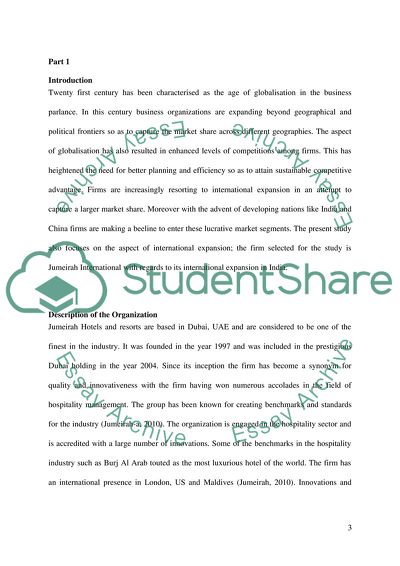Cite this document
(“International Expansion & Jumeirah International in India Research Paper”, n.d.)
International Expansion & Jumeirah International in India Research Paper. Retrieved from https://studentshare.org/macro-microeconomics/1747507-report
International Expansion & Jumeirah International in India Research Paper. Retrieved from https://studentshare.org/macro-microeconomics/1747507-report
(International Expansion & Jumeirah International in India Research Paper)
International Expansion & Jumeirah International in India Research Paper. https://studentshare.org/macro-microeconomics/1747507-report.
International Expansion & Jumeirah International in India Research Paper. https://studentshare.org/macro-microeconomics/1747507-report.
“International Expansion & Jumeirah International in India Research Paper”, n.d. https://studentshare.org/macro-microeconomics/1747507-report.


